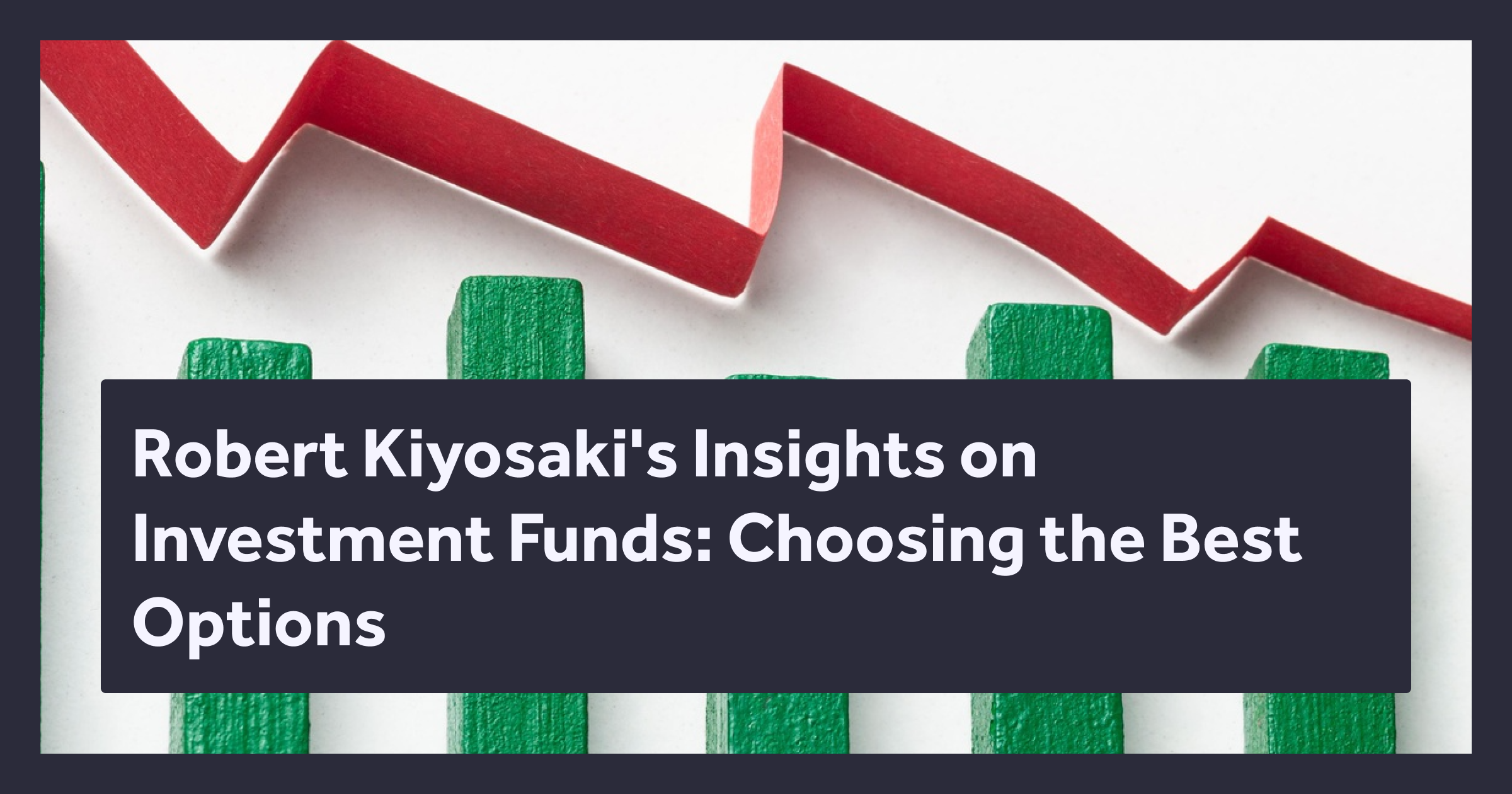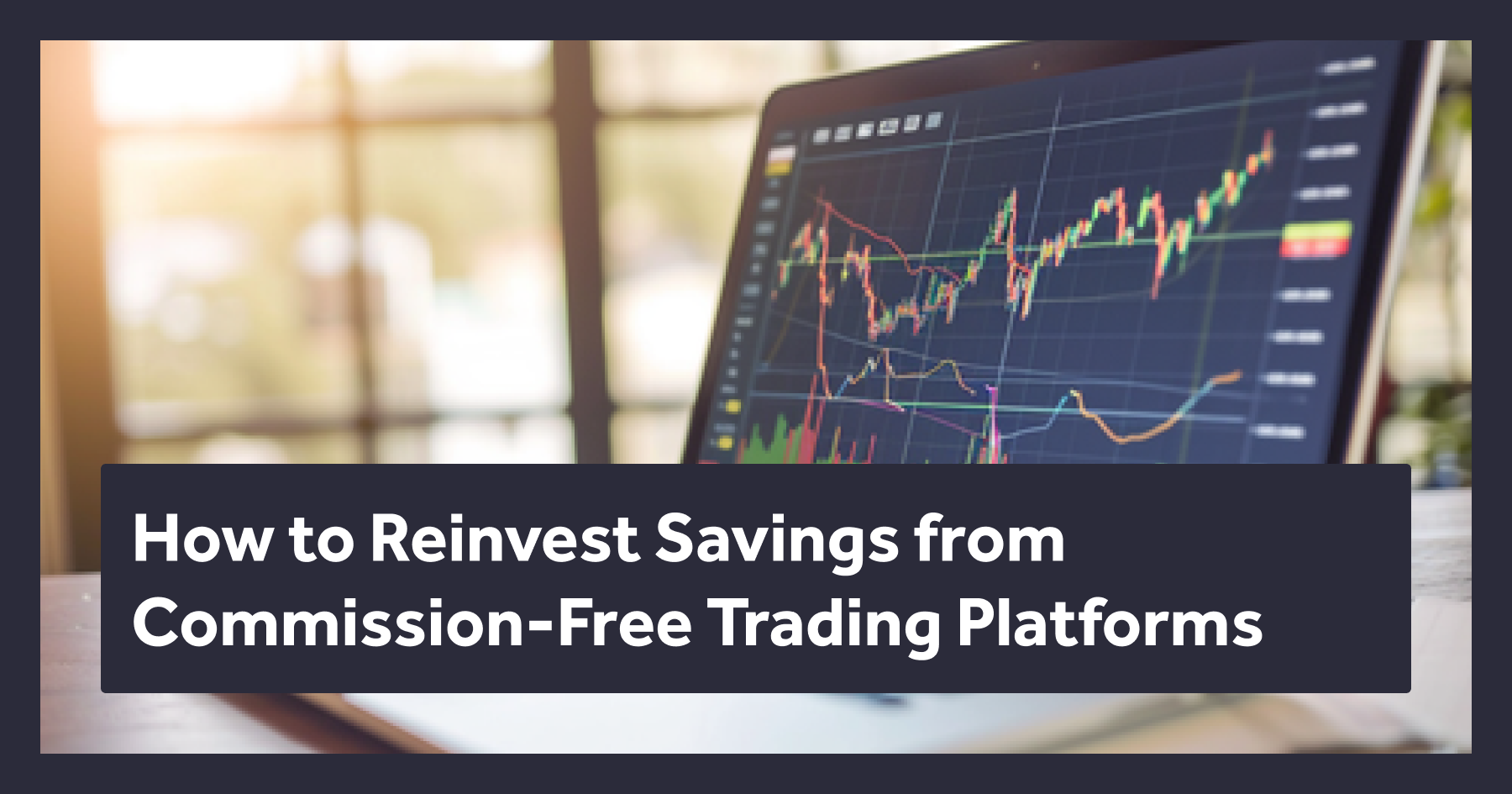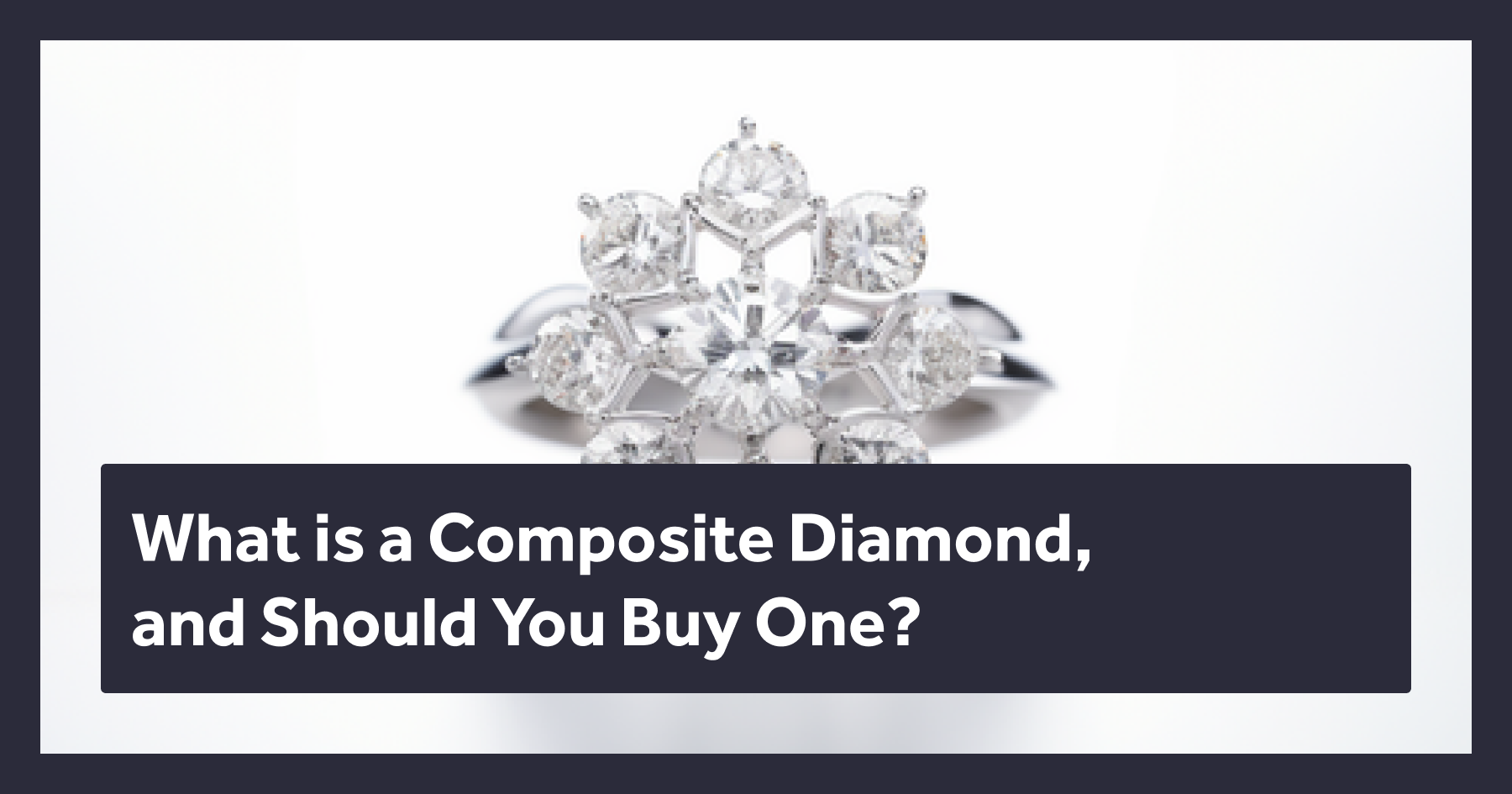
For the discerning investor seeking alternative asset classes beyond the traditional stock and bond markets, the allure of diamonds as a potential investment vehicle cannot be overlooked. If you recognize the inherent value within these sparkling gems and are curious about the opportunities and risks associated with diamond investing, then you're at the right place.
This piece delves into the current state of the diamond market, exploring how it stands as both a symbol of enduring value and a modern financial asset.
The Diamond Market's Global Footprint
The global diamond market, a shimmering facet of the luxury goods sector, was valued at $94.96 billion in 2021 and is projected to reach an impressive $139.91 billion by 2030, growing at a CAGR of 4.4%. This expansion signals not only the enduring appeal of diamonds as adornments, like a diamond engagement ring but also their increasing recognition as a commodity suitable for investment.
However, the landscape of diamond prices is not without its ebbs and flows. In the wake of the pandemic, consumer priorities have shifted, leading to a decline in rough diamond prices in 2023.
Luxury goods, including diamonds, have felt the impact of this behavioral change. Moreover, diamond prices have seen an 18% decrease from their peak in February 2022 and are down 6.5% year-to-date, as reported by CNBC in June 2023.
Despite this recent dip, historical data suggests that diamond prices have experienced an average annual increase of about 14% since 1960. This trend, though subject to fluctuations, points to a general pattern of growth over the long term, making diamonds a potentially lucrative investment for those with a patient and strategic approach. Yearly price changes for diamonds typically vary by 5% to 7%, indicating a moderate level of volatility in the market.
When examining diamond production, key players dominate the landscape. In 2021, Botswana, Russia, and Angola were the primary producers, contributing 19%, 33%, and 7% to global production, respectively. The United States holds its ground as the predominant market for diamond jewelry, consuming 50% of the global supply, followed by other significant markets such as Japan, Italy, India, China, and The Gulf.
Natural Diamonds as a Modern Financial Asset
Diamonds have historically been coveted for their brilliance, hardness, and rarity—qualities that have not only made them the centerpiece of jewelry but also a symbol of wealth, love, and status.

The inherent qualities of diamonds and years of cultural importance driven by advertising have strengthened their perceived worth. Yet, this view isn't fixed—it changes as society's values shift and new options like lab-grown diamonds emerge.
In recent years, the surge in the diamond market's value has reignited interest in these precious stones as an investment. The polished diamonds market remained stable until 2017, reaching a peak at $82 billion. Following that period, there was a resurgence of interest in diamond investments, indicating a growing confidence in their value as a secure asset. Also, the worldwide demand for these diamonds shifted, with the U.S. buying more—from 42% in 2014 to almost 54% in 2021.
Diamond Standard's Impact on the Market
Diamond Standard has made strides in transforming the traditional diamond investment landscape. The introduction of regulated diamond commodities like the Diamond Standard Coin and the Diamond Standard Bar, along with a diamond investment fund and blockchain-based fractionally tradable diamond-backed tokens, has revolutionized how investors approach this market.
These innovations address liquidity concerns and open the doors for a broader range of investors, marking a significant milestone in the standardization of diamond investing.
Navigating Investments and Mitigating Risks
Diamonds have long been synonymous with luxury and stability, often perceived as a safe haven during economic uncertainty. This aspect of diamonds as an investment is particularly appealing, considering the unpredictability of today's global markets.

Appreciation and Risk in Diamond Investments
The historical performance of diamonds shows a steady appreciation in value, with the scarcity of fancy-colored diamonds fueling a continuous price increase. The widening gap between supply and demand for these precious gems suggests that prices will likely continue upward.
However, the investment landscape is not without its risks. Market volatility can lead to price fluctuations that affect the value of diamonds. This underscores the importance of a strategic approach to investing in diamonds, considering several factors, including market trends, quality of the stones, and the initial amount invested.
Quality and Value: The Diamond Grading System
Appraisal and quality considerations play a critical role in diamond investment. Unlike gold and other precious metals, diamonds are not a homogenous asset class; a complex set of characteristics such as carat weight, clarity, cut, and color determines their market value.
This complexity can pose a challenge for investors who may not be familiar with the nuances of the diamond grading system. It is crucial to rely on certified diamonds and expert appraisals to ensure a secure investment.
Liquidity and Access in the Diamond Trading Market
The traditional market for buying and selling diamonds has also posed challenges in terms of liquidity. However, with the advent of innovations such as the Diamond Standard Coin and the Diamond Standard Bar, the market has witnessed an improvement in liquidity, making diamonds a more accessible asset class for investors.
Despite these challenges, there are clear opportunities for those looking to diversify their investment portfolios with diamonds. The emotional value attached to diamonds, often passed down as family heirlooms, adds a unique dimension to their investment appeal.
Furthermore, the development of exchange-traded funds (ETFs) and other financial products backed by diamonds has made it easier for investors to include these precious gems in their portfolios.
Considerations for Diamond Investment
Like the stock market, diamond investing requires all-round diamond knowledge and a keen understanding of the market. Online retailers, auction houses, and traditional brick-and-mortar jewelry stores offer avenues for purchasing diamonds. Each comes with unique considerations, such as price premiums, variety of offerings, and the level of expertise available to guide the buying process.

Individuals considering investment diamonds as an asset class must weigh the potential for a good return against the risks involved. The value of diamonds, like fine art and other alternative investments, can be influenced by various external factors. However, for those who approach diamond investing with a well-researched strategy, the prospects can be both glittering and profitable.
Foreign Investment and the Diamond Industry's Growth
The diamond industry has seen significant foreign investment, particularly in diamond mining operations worldwide. Companies such as Rio Tinto have invested heavily in mining ventures, reflecting confidence in the growth of the diamond market.
This growth is not confined to raw diamond extraction but extends to the polished diamond and diamond jewelry markets, which have also seen an uptick in value in recent years.
As the diamond market continues to evolve, with innovations such as blockchain technology reshaping the landscape, it is an exciting time to consider buying diamonds as a part of one's investment portfolio. The potential for diamonds to serve as an inflation-proof alternative investment is clear, and as the market matures, so too does the opportunity for savvy investors to shine.
Are Diamonds a Good Investment?
If you're looking to buy diamonds, keep in mind that they represent a unique combination of emotional and financial investment. They are not only a symbol of enduring love and commitment but also a tangible asset that can weather the storms of economic change. With the correct approach and understanding of the market, high-quality diamond investors can uncover this precious gemstone's opportunities while mitigating the risks involved.




